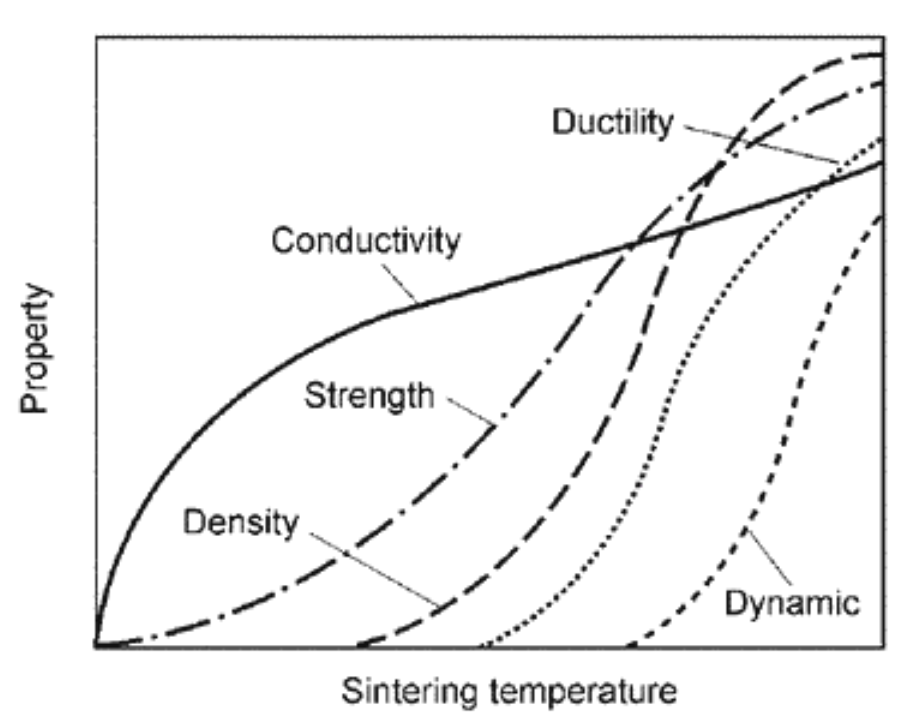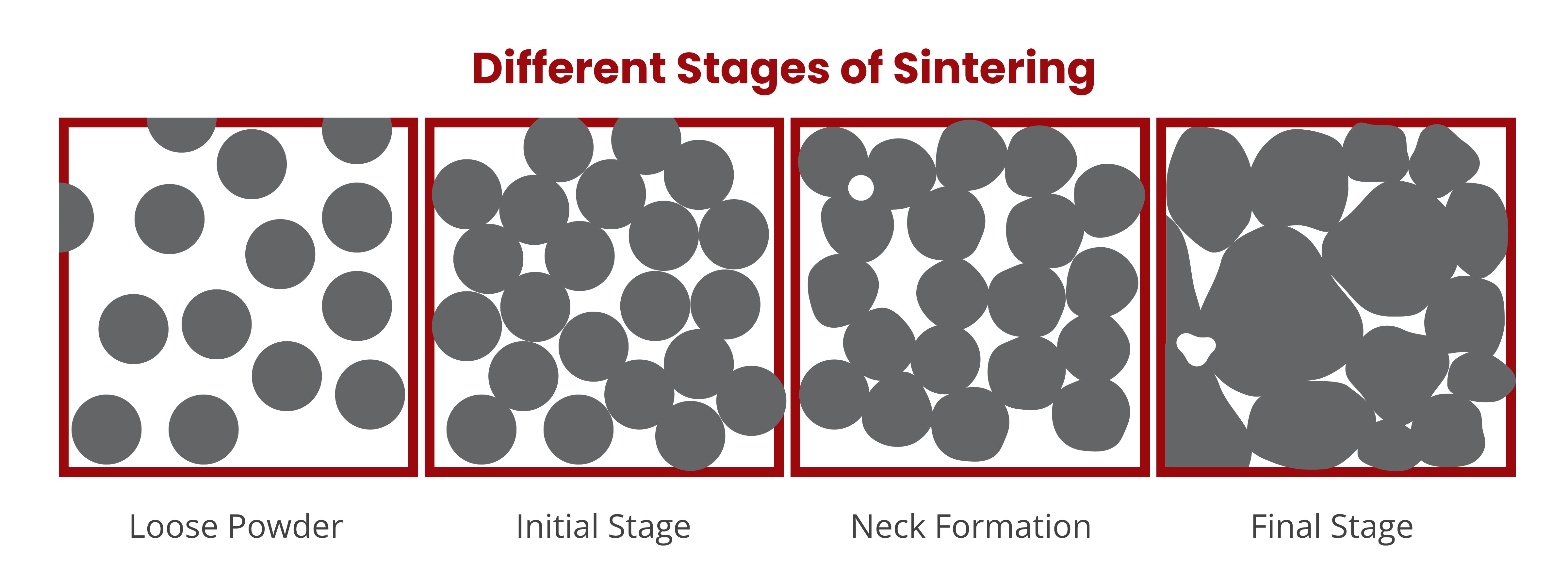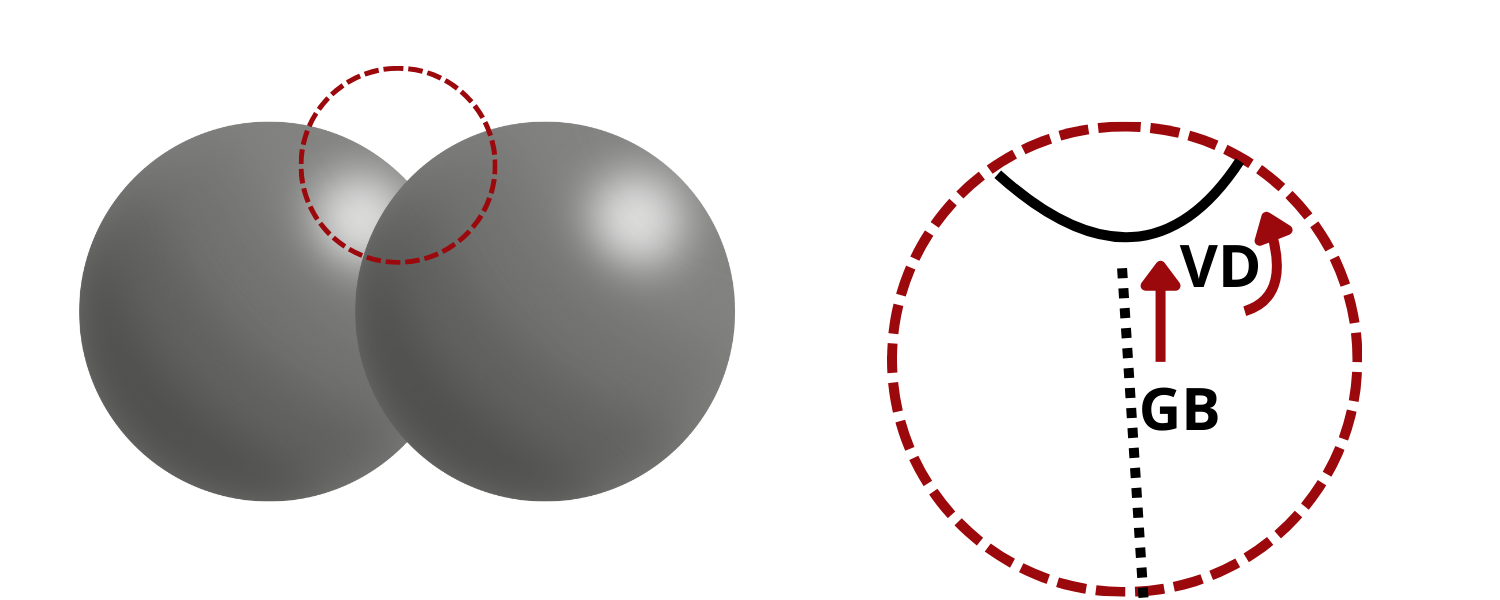LINQCELL TPP250 | 250um Sintered Titanium Powder
- 0.25mm - 250um - 9.8mil
- 30–40% Porosity
- Gas Diffusion and Porous Transport Layer for PEM Water Electrolyzers and Fuel Cells
Product Description
LINQCELL TPP250 is a 0.25-mm thick, porous sintered sheet made from Grade 1 titanium powders. It is formed by cold isostatic pressing followed by high-temperature vacuum sintering. The cold forming process uses no additional adhesives, ensuring that the product maintains high purity and does not contain phases that could affect the electrical properties of the sintered material.
Similar to sintered titanium fiber felts, LINQCELL TPP250 sintered titanium powder offers high electrical conductivity, corrosion resistance in harsh, low pH environments, and high mechanical strength. However, it is denser and has lower porosity, typically less than 50%, compared to sintered titanium fibers. This higher density results in greater strength.
Key Features:
- High corrosion resistance even under acidic conditions
- High electrical conductivity
- Low porosity (30–40%) perfect for water electrolyzer stacks
- Higher mechanical strength than those of sintered titanium fiber felts
Titanium is an ideal material for porous transport layer (PTL) fabrication due to its ability to withstand the corrosive environment of the oxygen evolution reaction while providing effective electrical conductivity. The porous structure of these plates enables efficient gas diffusion and electrolyte distribution, minimizing mass transport losses.
Highly Recommended for:
- Anode porous transport layer for PEM water electrolyzers
- Gas diffusion layer in PEM fuel cells
- Best for PEM systems
- Electrodes for chlor–alkali processes (Pt-coated titanium)
Technical Specifications
Additional Information
Sintered metal powder is a porous material produced by sintering, a process wherein the metallic powder is compressed and then heated at temperatures below its melting point. Sintering causes the particles to bond into a solid piece with small pores. Typically, sintered metal powders have a high solid volume fraction, ranging from 0.35 to 0.65; thus, this type of porous material is commonly used in applications where good mechanical strength is required.
Manufacturing Sintered Metal Powders
Sintered metal powders are formed by sintering compacted powders. Sintering is the key step in the production of both sintered metal powders and sintered metal fibers. It is a manufacturing process where metal raw materials are heated to high temperatures, just below their melting point. This causes the particles to fuse together, forming a solid mass. During sintering, several changes occur in the metal powder particles, improving various properties like strength, ductility, corrosion resistance, conductivity, and magnetic permeability. These changes are vital for different applications, as they determine the material's porosity, strength, and overall performance. Therefore, sintering plays a major role in achieving the properties needed for specific uses.
Reference: Samal, Prasan K. Newkirk, Joseph W.. (2015). ASM Handbook, Volume 07 - Powder Metallurgy (2015) - 34.2 Improved Mechanical Properties.(pp. 332). ASM International.

Sintering Mechanism in Metal Powders

The different sintering stages show how loose metal powders transform into a solid object:

At the initial stage of sintering, particles start sticking together due to weak forces, like van der Waals' forces. At higher temperatures, they rearrange and pack together, sometimes rotating and twisting to achieve lower energy states in terms of their arrangement.


This stage is followed by the intermediate stage, where neck growth occurs, leading to densification. During this phase, the necks lose their distinct identities, and the pores become rounded but remain interconnected. At this point, the centers of the two spheres start to get closer, resulting in shrinkage. Bulk transport mechanisms predominate, facilitating neck growth and the elimination of pores.
In the final stage of sintering, interconnected open pores close and turn into isolated closed pores. As this happens, grain growth occurs, which slows down the surface and bulk diffusion processes. Consequently, this stage becomes the slowest, as densification increases from 95% to 99%.
(SD: Surface Diffusion, VD: Vacancy Diffusion, GB: Grain Boundary Diffusion)






